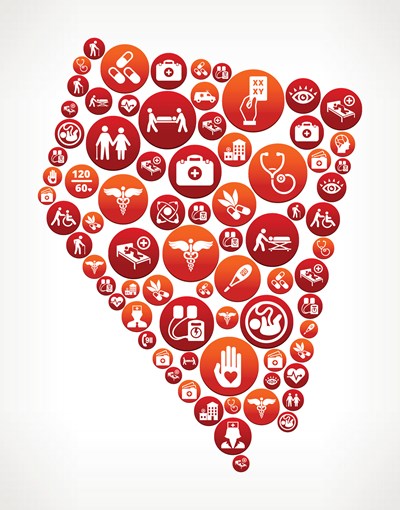WASHINGTON, D.C.—Students of all ages are headed back to school, and the American College of Emergency Physicians (ACEP) has tips to prevent emergencies and keep children safe in and out of the classroom.
“Take the time to schedule necessary medical appointments and discuss important safety information with children, no matter how old they are,” said Gillian Schmitz, MD, FACEP, president of ACEP. “A little bit of planning ahead can help keep children as safe as possible throughout the school year.”
- Get vaccinated. Vaccines help protect classmates, families, and education professionals from getting or spreading COVID-19 or other viruses. Safe and effective COVID vaccines are available for children ages 6 months and up. Peak flu season is around the corner; the beginning of the school year is the right time to make sure children get a flu shot and other vaccinations recommended by a physician.
- Schedule routine check-ups and keep medical information current. Prioritize appointments for medical and dental check-ups before school starts, if possible. Be sure to update a child's medical history, including current prescriptions, medical issues, and family health history. Take steps to ensure that any necessary emergency medications, such as EpiPens for severe allergic reactions, are available in school and at home.
- Create an emergency action plan. Teach children how to call for help in an emergency and who to contact. Emergency contact information should be accessible right next to each telephone in the home. Encourage children to learn when to call 911 and teach them to give their name, address, and a brief description of the problem to appropriate health or safety officials. Parents of children with known health issues, such as asthma or allergies, should work with the school nurse and appropriate physicians or caregivers so that everyone knows what to do if an emergency occurs.
- Avoid common injuries. Reduce the chance of a playground injury by teaching children proper etiquette and safe play behavior. Injuries from overstuffed backpacks are common and emergency physicians suggest that students wear both shoulder straps to avoid neck or back strain. From 2017 to 2019, an estimated annual average of 7,500 children under 19 years old were treated in the emergency department for a backpack-related injury, according to the Consumer Product Safety Commission. Before participating in a sport or recreational activity, children should complete a routine physical examination.
- Prioritize safety when traveling to and from school. Any child that bikes, rides a scooter, or skateboard should wear a helmet that meets safety standards to reduce the risk of injury. Make sure that children who take the bus are taught the safest way to enter and exit a school bus, use a crosswalk, and pay close attention to traffic signals. Choose the most direct route with intersections that have crossing guards whenever possible, and establish a consistent, safe, and visible pick up and drop off spot. Don’t text and walk, especially when crossing streets. A distracted pedestrian can quickly be in danger, just like a distracted driver.
“Fortunately, most school-related injuries are preventable,” said Dr. Schmitz. “As parents and students prepare for a return to the classroom, health and safety should be a priority on everyone’s back-to-school list,” said Dr. Schmitz.
 American College of Emergency Physicians
American College of Emergency Physicians







